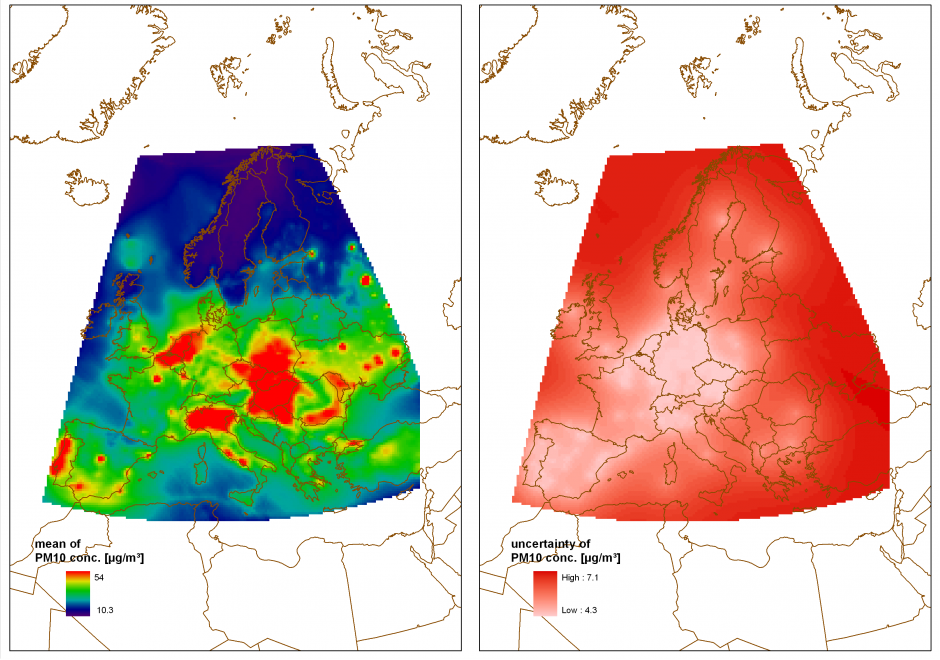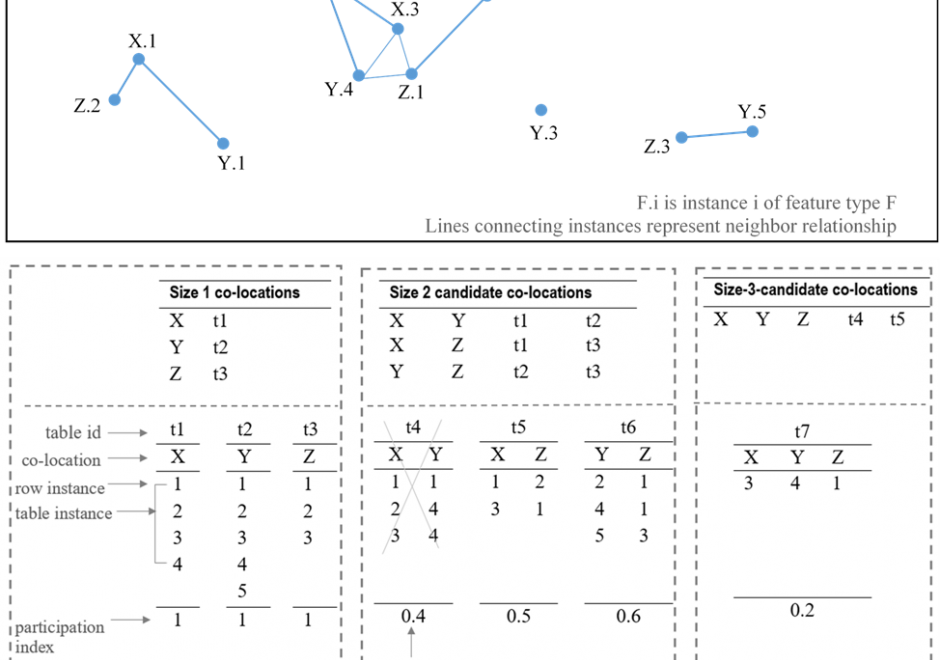FC-09 - Relationships between space and time

- Discuss common prepositions and adjectives (in any particular language) that signify either spatial or temporal relations but are used for both kinds, such as “after” or “longer”
- Describe different types of movement and change
- Understand the physical notions of velocity and acceleration which are fundamentally about movement across space through time
- Identify various types of geographic interactions in space and time
- Compare and contrast the characteristics of spatial and temporal dimensions




DM-03 - Relational DBMS